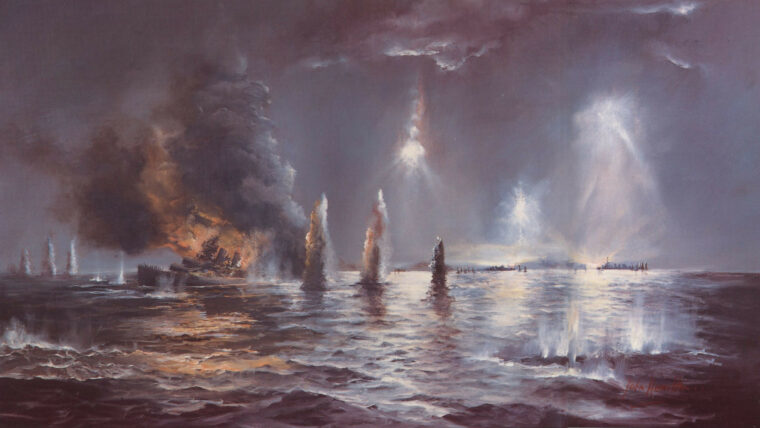
Pacific Theater
The Battle of Cape Esperance: A Sorely Needed Naval Victory
By David Alan Johnson“One large, two small vessels, one six miles from Savo off northern beach, Guadalcanal. Will investigate closer.” Read more
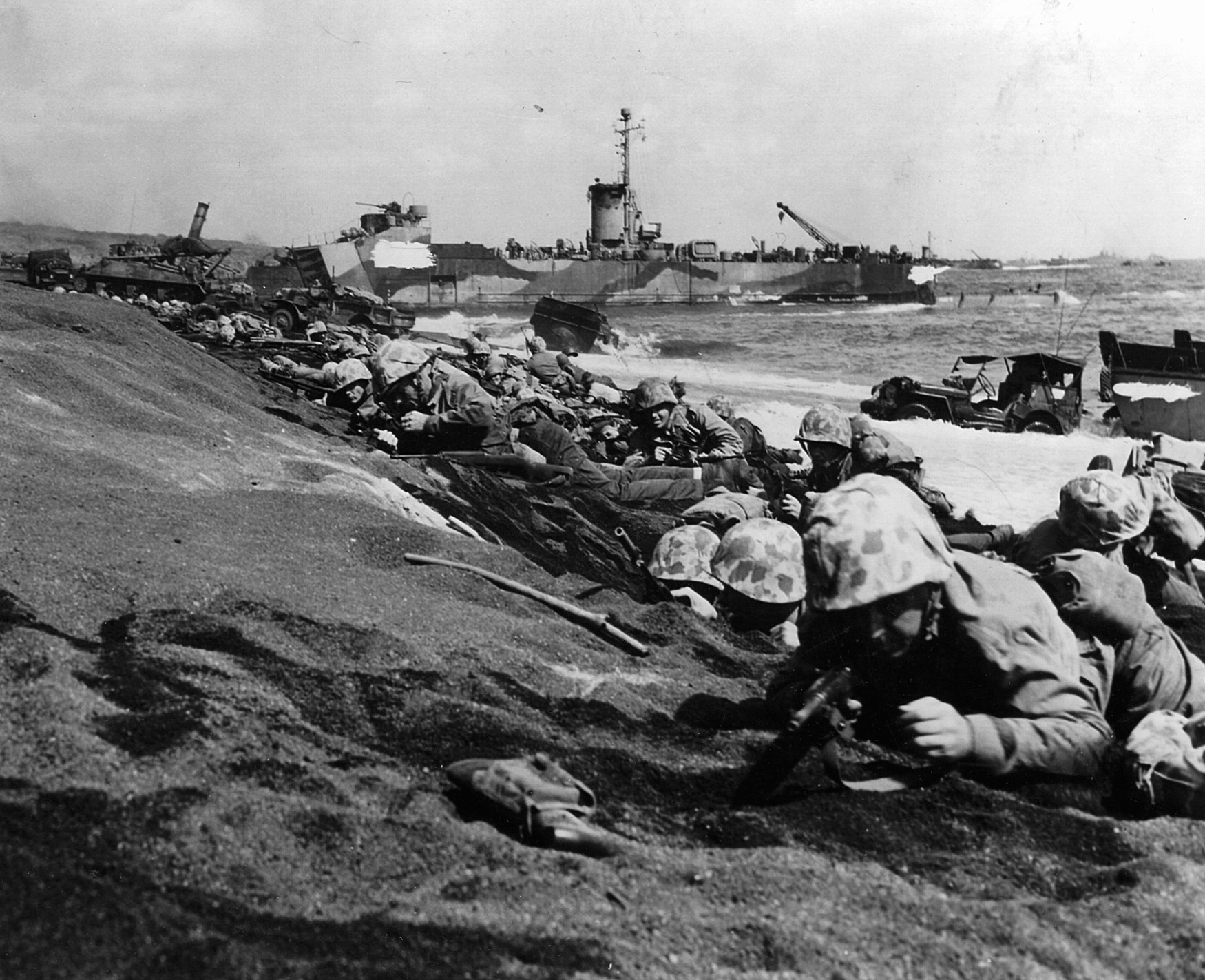
The Pacific Theater during World War II is generally regarded as the area of military confrontation between the Allied powers and Imperial Japan. The Pacific Theater consists of the entire operational expanse of the war from the Aleutian Islands in the north to Australia in the south, including island chains such as the Solomons, Gilberts, Marshalls, and Marianas. The China-Burma-India (CBI) Theater is also considered a major component of the Pacific Theater.

Pacific Theater
“One large, two small vessels, one six miles from Savo off northern beach, Guadalcanal. Will investigate closer.” Read more
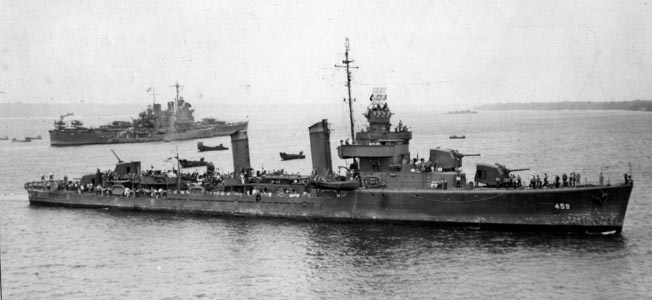
Pacific Theater
The eight-inch shell that penetrated the cruiser’s hull and threatened to blow up her forward magazines was a Type 91 armor-piercing shell, which had been designed to continue through the water when it fell short of its target and penetrate the ship’s hull below the waterline. Read more
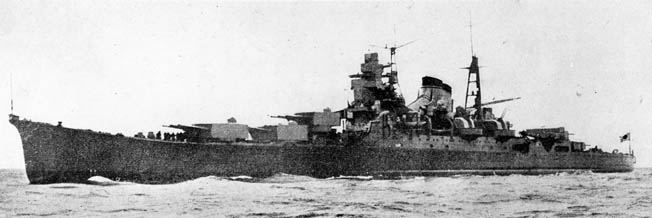
Pacific Theater
Japan had serious difficulties deploying her manpower, and a few examples illustrate some of the worst events. Read more
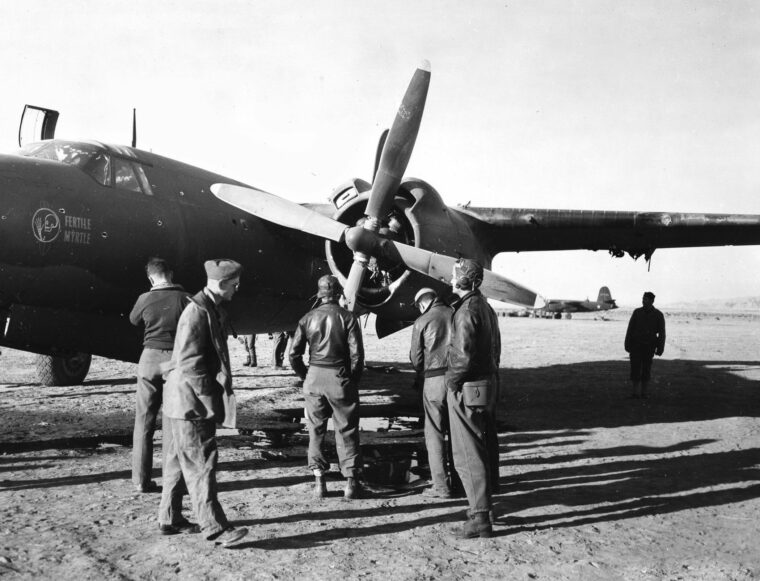
Pacific Theater
The first good news in the war for the United States had been the Doolittle Raid on April 18. Read more
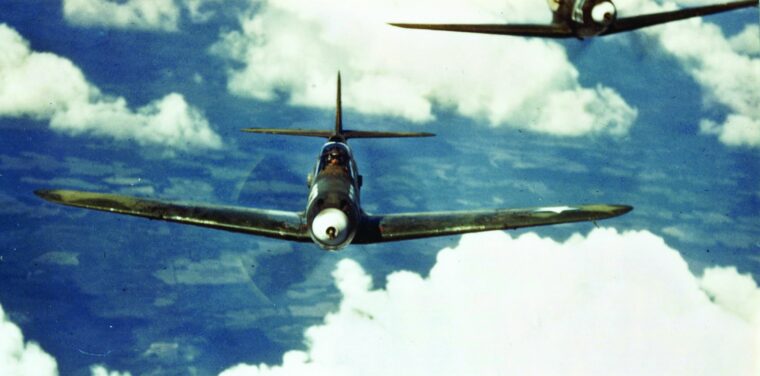
Pacific Theater
Common wisdom has long held that Japanese pilots and aircraft, particularly their fighters, were superior to the American, Australian, and British counterparts they faced in combat in the Philippines and Southeast Asia in the opening months of U.S. Read more
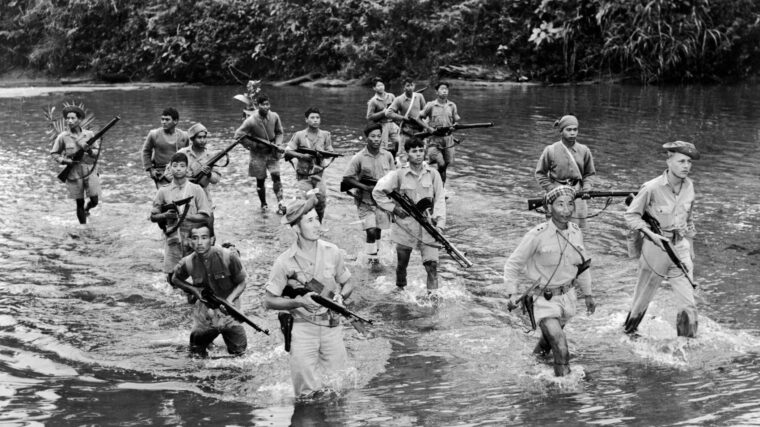
Pacific Theater
When the United States entered World War II in December 1941, Joseph Stilwell was already a highly regarded officer. Read more
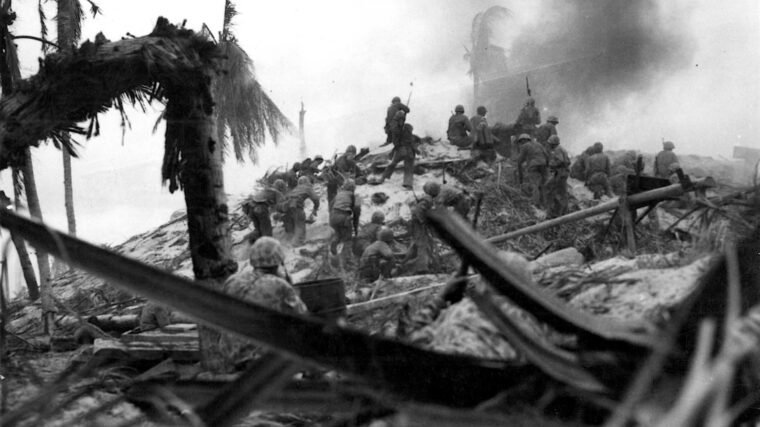
Pacific Theater
Rear Admiral Keiji Shibasaki, commander of the elite Japanese garrison entrenched on tiny Betio Island in the central Pacific Ocean, boasted in mid-1943 that his heavily fortified island redoubt could hold out “against a million Americans for a thousand years.” Read more
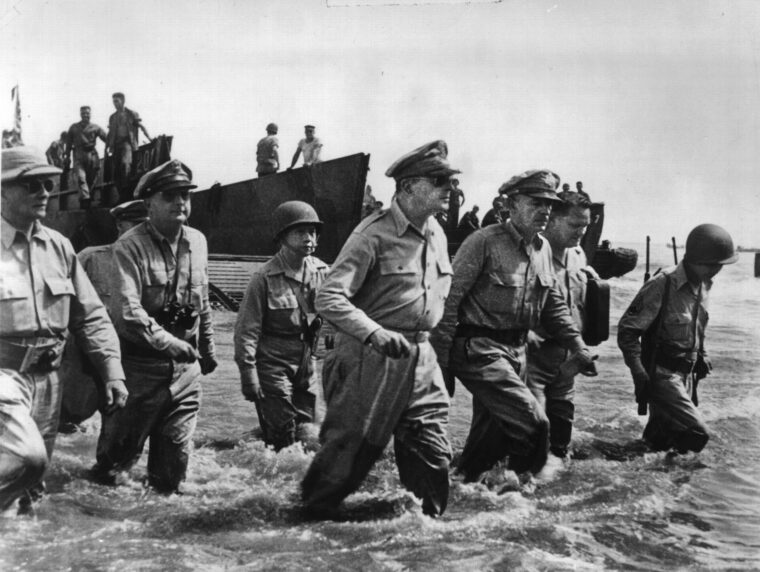
Pacific Theater
It was late November 1943, almost two years after the Japanese attack on Pearl Harbor and America’s entry into World War II. Read more
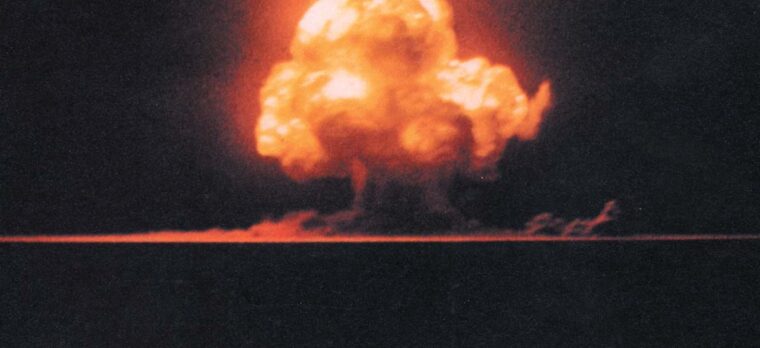
Pacific Theater
On August 7, 1945, the day after the atomic bombing of Hiroshima, President Harry S. Truman announced, “The force from which the sun draws its power has been loosed against those who brought war to the Far East. Read more
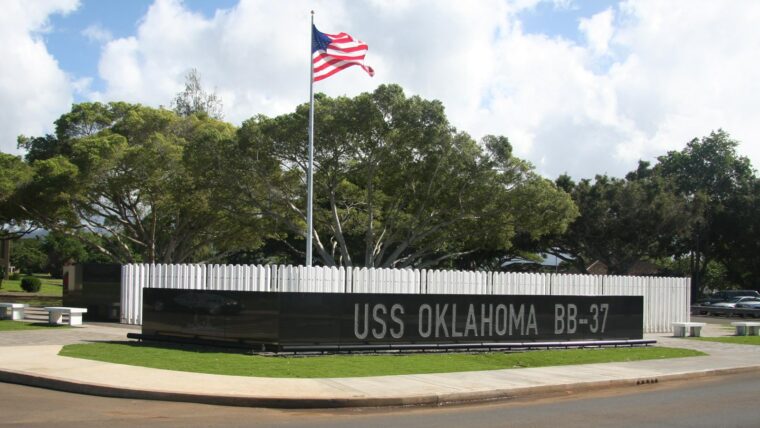
Pacific Theater
On the morning of December 7, 1941, the battleship USS Oklahoma was moored along Battleship Row at Pearl Harbor, outboard of the battleship USS Maryland. Read more
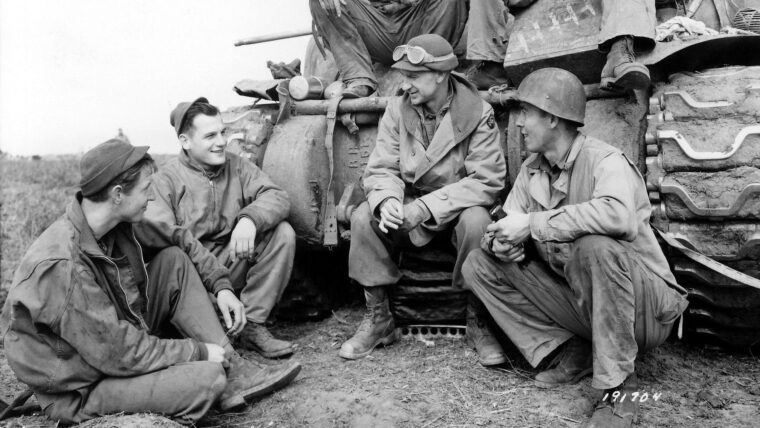
Pacific Theater
Ernie Pyle did not want to go to Okinawa. He was too old, too tired, and—some said—too jaded for yet another American invasion of ferocious enemy territory. Read more
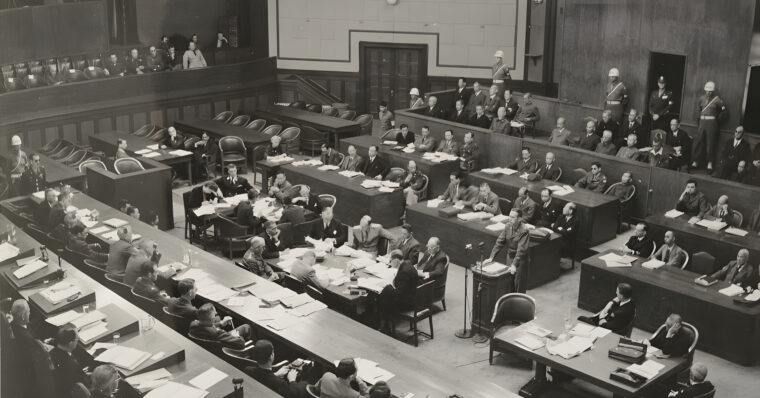
Pacific Theater
When the Tokyo War Crimes Trials opened in the former hilltop headquarters of the Japanese military at Ichigaya on May 3, 1946, American-born chief prosecutor Joseph Keenan faced a difficult task. Read more
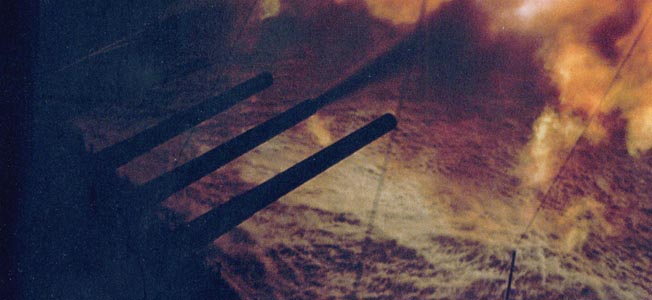
Pacific Theater
One of the main reasons for the success of the battleships West Virginia, Tennessee, and California at Surigao Strait was their Mk 8 fire control radar, which was used in conjunction with the Mk 8 rangekeeper computer. Read more
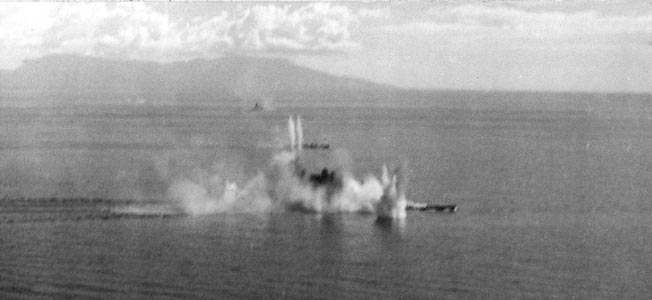
Pacific Theater
As a dive-bomber pilot from the Essex, Lieutenant John D. Bridgers participated in the action against Kurita in the Sibuyan Sea. Read more
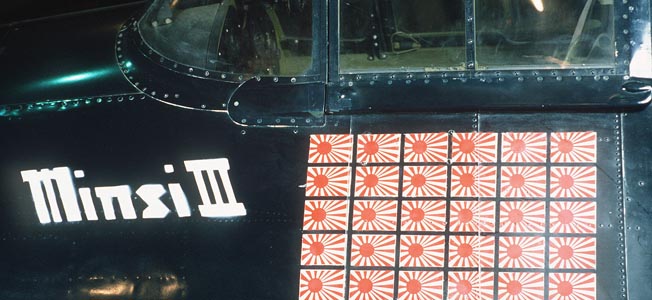
Pacific Theater
The most decorated naval aviator of the war, David McCampbell entered the Battle of the Sibuyan Sea with the reputation as an ace. Read more
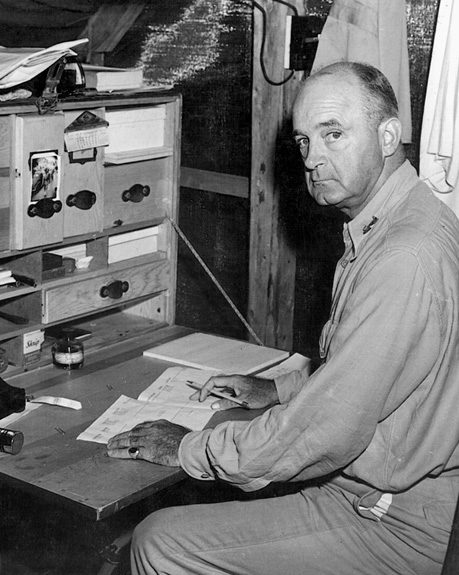
Pacific Theater
Born in 1887 in Virginia, Alexander Archer Vandegrift was commissioned a second lieutenant in the Marine Corps in 1909. Read more

Pacific Theater
Just before dawn, the aircraft carrier USS Enterprise turned into the wind to launch her planes. Nervous and excited pilots roared into the darkness of the vast Pacific toward the unsuspecting Japanese. Read more
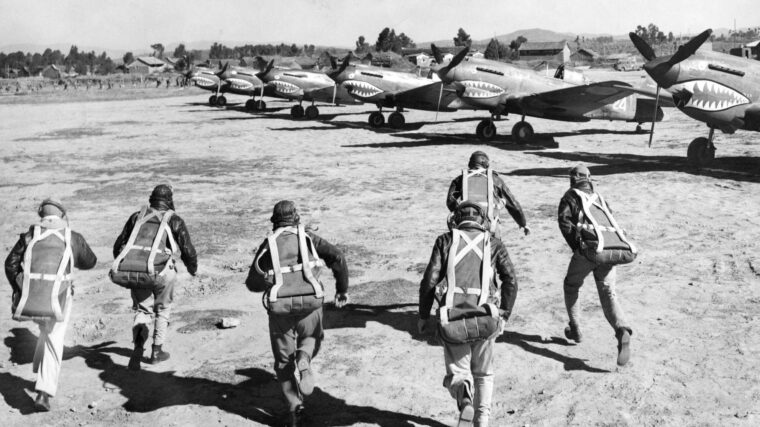
Pacific Theater
On May 4, 1942, American Volunteer Group (AVG) pilots Charlie Bond and Bob Little were in the alert area at Paoshan, China, a small grass aerodrome just north of Burma. Read more
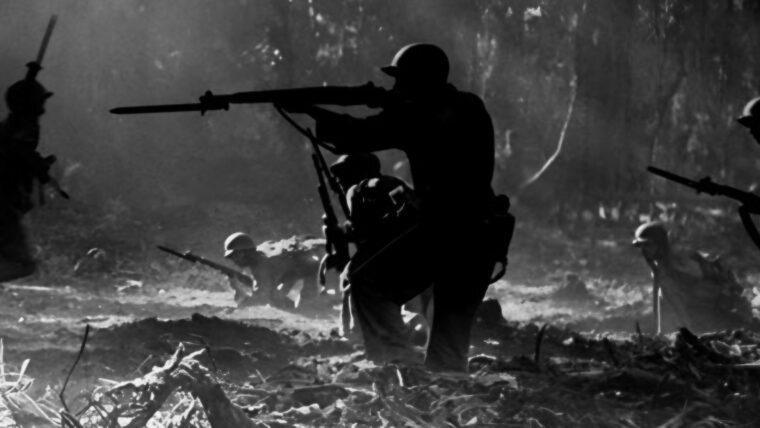
Pacific Theater
When the United States was plunged into World War II on December 7, 1941, more than 16 million Americans answered their country’s call and donned a uniform. Read more
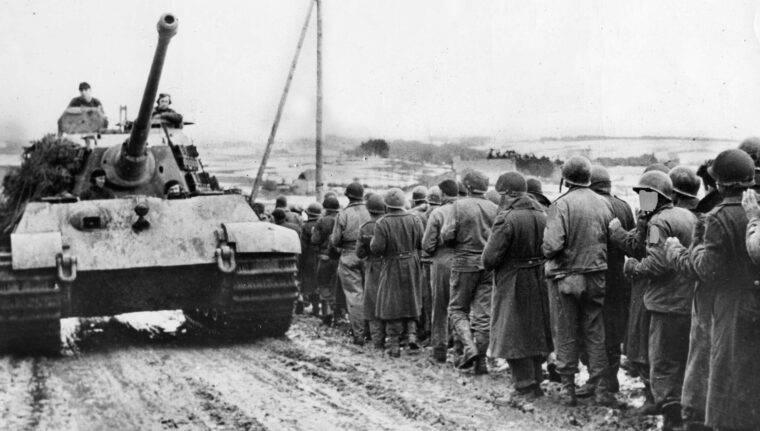
Pacific Theater
During World War II, one American intelligence unit was so secret it was known only by its post office box number, 1142. Read more